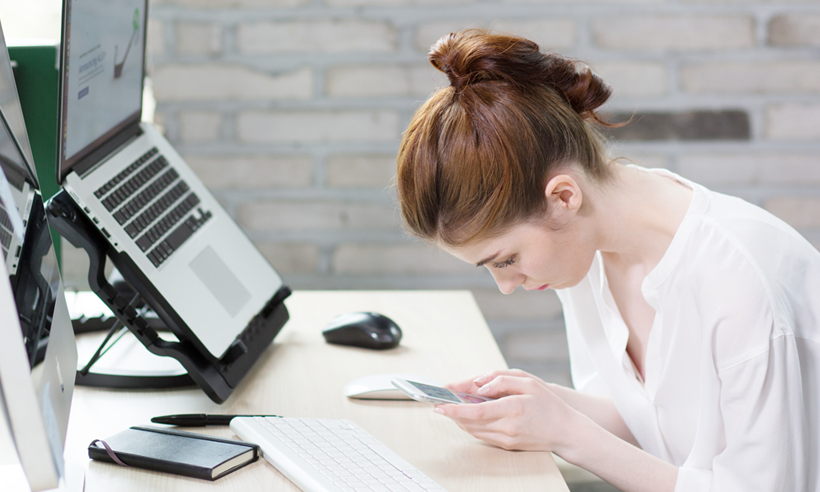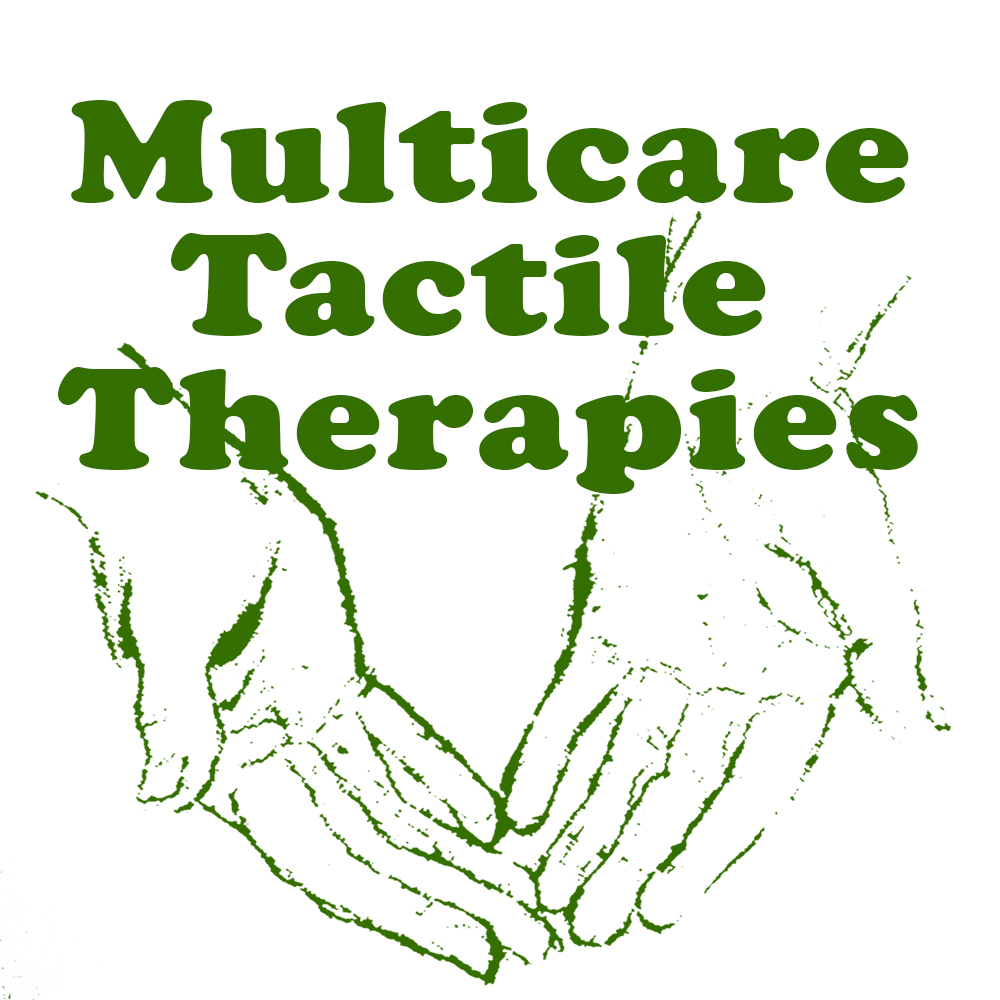
A common problem affecting elders is a dowager’s hump, known as kyphosis. This condition appears as a curved back, and it develops in both men and women in their later years.
The condition takes the form of an over-curvature of the thoracic spine (upper back). It’s a posture that causes the back to be more than 40–45 degrees in forwarding position.
There are several types of kyphosis affecting both young and old people.
What causes dowager’s hump (kyphosis)?
Many different things can cause extreme curvature of the spine that forms a hump-like appearance. The cause of the condition must be determined before proper treatment can start. Here are some potential causes:
- Genetic: Genetics increases the chances of developing kyphosis. People may even be born with it. A gene malformation that creates an abnormal structure of the spinal column, leading to its presentation upon birth or its growth. Genetic causes of kyphosis are related to congenital problems, such as kidney or cardiac problems, with treatment for the condition often being surgical.
- Bad posture: This form of kyphosis takes years for over-stretching of the spinal ligaments, which places pressure on the spine.
- Osteoporosis: The loss of bone density leads the bones becoming weaker and likely to bend. Osteoporosis comes about because of decreased levels in calcium and vitamin D. This condition can cause the vertebrae of the spine to fracture.
- Compression fractures: Acute injury can lead to a breach of the spine, which places more strain on the vertebrae, causing them to collapse and deform.
Symptoms of Kyphosis
- Muscle in Fatigue
- Difficulty of breath
- Balance difficulties
- Changes in posture
- Chronic pain in the back and shoulders
- Spine curve
- Loss in height
- Thoracic kyphosis (hunched back)
- Loss of appetite
- Difficulty sleeping (insomnia)
- Successive crush fractures
- Multiple vertebral compression fractures
- Bulging abdomen
- Falls
- Hip pain
- Stiffness in the back
- Loss of sensation
- Loss of bowel and bladder control
Treatment of kyphosis
The cause of kyphosis often dictates the type of treatment required. However, early treatment is essential. If kyphosis is allowed to progress in adolescences, it can cause significant problems during adulthood. Routine follow-up visits are part of an active management plan.
The following are typical treatments of kyphosis:
- Physical therapy: Forms of various exercises, treatment aims to strengthen the patient’s muscles surrounding the spine. It often requires a significant amount of diligence from the patient, and a conscious effort is needed to correct and maintain proper posture.
- Bracing: Is a conventional treatment used in young children, as they may be unable to handle physical therapy.
- Surgery: This type of surgery is called vertebroplasty and kyphoplasty methods. This surgery can restore height to the vertebra and eliminate pain. The former is a non-surgical method that uses a needle in the affected area. Both treatments aim to return the damaged part of the spine to its original state.
Exercises for Kyphosis
Specific activities provide some benefit to those suffering from mild cases of dowager’s hump. It is essential to understand that exercises alone will not cure the curvature of your spine. It does require a commitment to changes occurring gradually.
Various exercises can help improve your posture and reduce the appearance of dowager’s hump, although consistency in doing the exercises is critical.
Release the tight muscles:
Tightened muscles are responsible for pulling the head into an incorrect position, leading to poor posture. Exercise can help control this problem:
Sub-occipital maneuver
Rest your head on a fit ball.
- Make sure the ball is pressing the back on the head at the base of the skull
- Gently rock your head from side to side
- Remember—If it hurts, it’s probably a tight spot!
- Do both sides.
- Duration: one minute per side.
Sternocleidomastoid (a muscle group found on the side of neck)
- Locate the target areas (on either side of the neck)
- You should be able to feel a prominent band of muscle on each side of the neck.
- Do not to press too deeply, as you may hit other sensitive structures of the neck.
- Gently massage these muscles with a pinch grip.
- Duration: one minute on each side.
Stretch the tight muscles:
Perform these exercises after you have released your tense muscles.
Sub-occipital (base of the skull)
- Tuck your chin.
- With your chin tucked in, gently pull your head downwards by using your hand on your head
- Aim to feel a stretch at the back of your neck.
- Hold for 30 seconds.
- Repeat three times.
Sternocleidomastoid (a muscle group found on the side of neck)
- Gently tuck your chin.
- Look to your left and upwards.
- Tilt your head to the right side. You should feel a stretch on the left side of the neck.
- With your right hand, apply pressure to the left side of the head and pull down to increase the stretch
- Hold for at least 30 seconds. Repeat for the opposite side.
- Repeat three times.
Loosen up stiff joints:
Kyphosis may make your joints stiff, so loosening them up can help promote good posture.
Head slides
- Keep your face forward and chin parallel with the ground throughout the movement.
- Slide your head from side to side.
- Aim to feel an active stretch along your side.
- Repeat 20 times.
Chin tuck with overpressure
- Lie on the floor with your knees bent.
- Tuck your chin
- Place the base of your palms on your chin and apply a downward pressure
- Hold for 5 seconds. Repeat ten times.
Strengthen the weak muscles:
Most cases of dowager’s hump are associated with weak muscles, so by increasing the strength of tissues found in the neck and those involved with posture, you can mitigate most of the negative symptoms associated with kyphosis.
Chin tucks while lying down
- While lying down, tuck your chin.
- Try to get the back of your neck to touch the floor.
- Hold for 5-10 seconds.
- Repeat 20 times.
Chin tucks while standing upright
- Gently tuck your chin.
- Keep your eyes horizontal as you tuck your chin.
- Hold for 5-10 seconds.
- Repeat 20 times.
Chin tucks against gravity
- Lie on your back with your head over the edge of the bed.
- Tuck your chin.
- Keep your neck in a neutral position.
- Hold for 5-10 seconds.
- Repeat 20 times.
